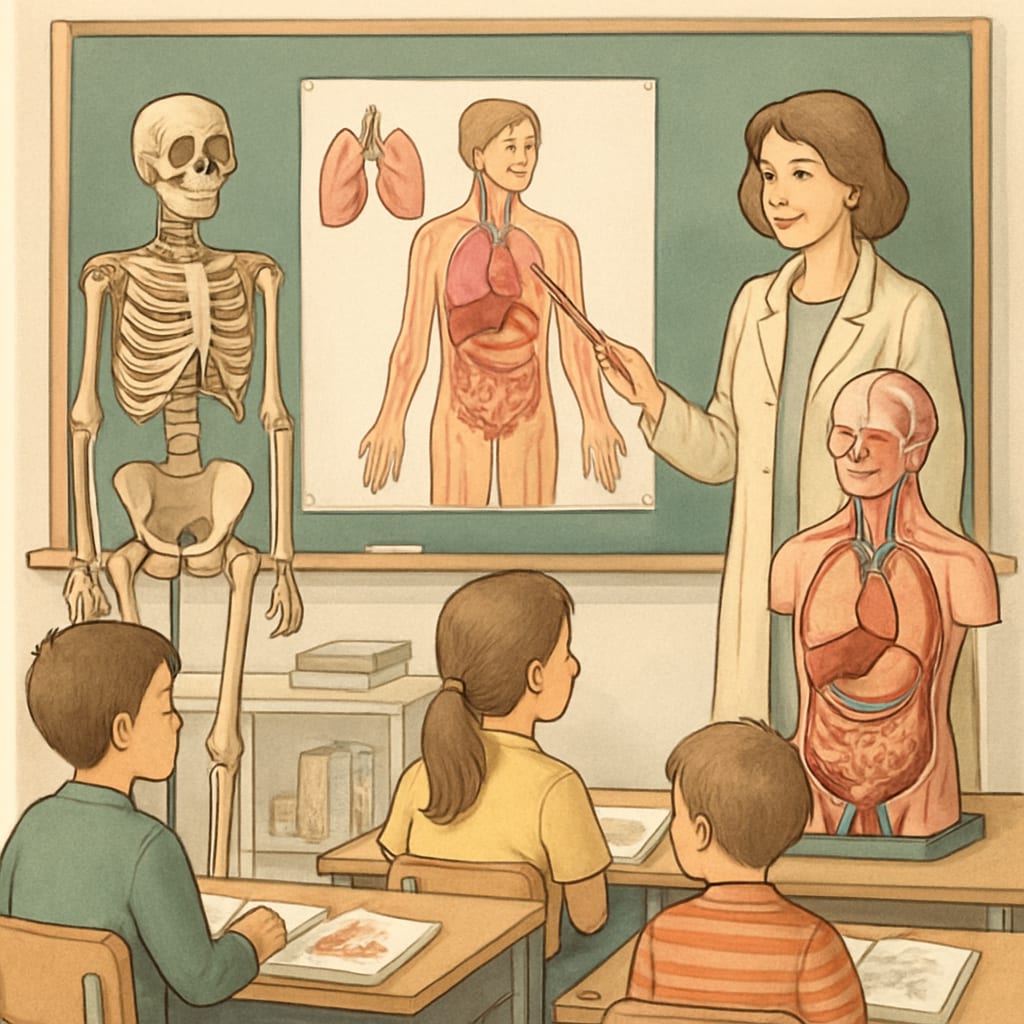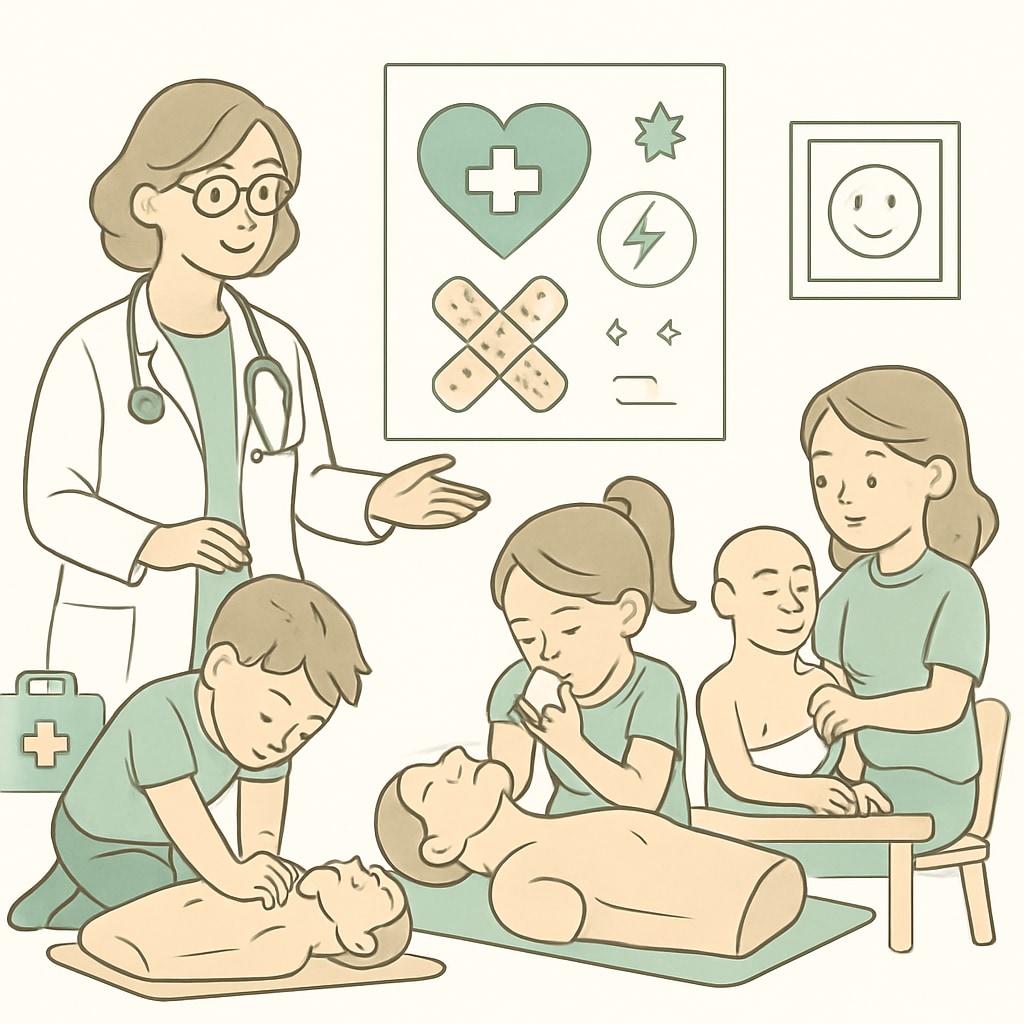As health awareness becomes a global priority, medical knowledge is no longer confined to doctors and nurses. Medical education for non-medical backgrounds, especially through online courses, is becoming increasingly important in K12 education. By introducing age-appropriate medical literacy to students, we can prepare them for a lifetime of informed health decisions. But how can schools effectively integrate these resources into their curricula while keeping lessons engaging and accessible for young learners?
Why Bring Medical Education into K12 Classrooms?
In recent years, the need for early health education has grown. Students encounter health-related issues daily, from managing stress to understanding the importance of vaccines. Teaching medical knowledge in K12 classrooms can:
- Build a foundation for lifelong health literacy.
- Empower students to make informed decisions about their well-being.
- Encourage critical thinking about health misinformation.
Moreover, early exposure to medical topics can inspire students to pursue careers in STEM (Science, Technology, Engineering, and Mathematics), addressing the global shortage of healthcare professionals.

Accessible Resources for Non-Medical Backgrounds
Effective medical education for non-medical students requires resources tailored to their developmental stage. Several options make medical knowledge accessible and engaging:
- Interactive Online Courses: Platforms like Khan Academy offer free courses on human anatomy and health sciences, designed for young learners.
- Gamified Learning: Apps like “Health for Kids” use games to teach children about hygiene, nutrition, and disease prevention.
- Hands-On Workshops: Schools can invite healthcare professionals to conduct workshops, giving students practical insights into first aid and basic medical procedures.
These resources ensure that students without a medical background can still grasp essential concepts in a fun and relatable way.

The Role of Online Platforms in K12 Medical Education
Online learning platforms have revolutionized the accessibility of medical education for non-medical audiences. They provide flexible, self-paced learning options for students of all ages. For example:
- Coursera: Offers beginner-friendly courses on public health and personal well-being.
- EdX: Provides specialized programs like “Introduction to Nutrition” for high school students.
- BBC Bitesize: Features interactive modules on the human body, tailored for younger learners.
These platforms allow teachers to integrate medical topics into science or health classes seamlessly, enriching the learning experience.
Challenges and Solutions
Despite its benefits, implementing medical education in K12 curricula comes with challenges:
- Complexity of Content: Medical topics can be challenging to simplify for young learners. Using relatable examples and visual aids can bridge this gap.
- Teacher Training: Not all educators are equipped to teach medical topics. Professional development programs can help teachers gain the necessary knowledge and confidence.
- Curriculum Overload: Adding medical topics to an already packed curriculum requires careful planning. Schools can start with short, focused modules to avoid overwhelming students.
By addressing these challenges, schools can ensure that medical education becomes a valuable part of K12 learning rather than an additional burden.
The Future of K12 Medical Education
As we look ahead, the integration of medical education into K12 curricula has the potential to transform how future generations approach health. Advances in technology, such as virtual reality and AI-driven personalized learning, could make medical topics even more accessible and engaging. For example, students might explore the human body through VR simulations, gaining a deeper understanding of complex systems.
In addition, collaboration between educators, healthcare professionals, and tech developers will be key to creating high-quality, age-appropriate resources. Such partnerships can ensure that medical education not only informs but also inspires students to take an active interest in their health.
In conclusion, bringing medical education for non-medical backgrounds into K12 classrooms is an essential step toward building a healthier, more informed society. By leveraging online courses and innovative teaching methods, we can empower students with the tools they need to make educated health decisions throughout their lives.


